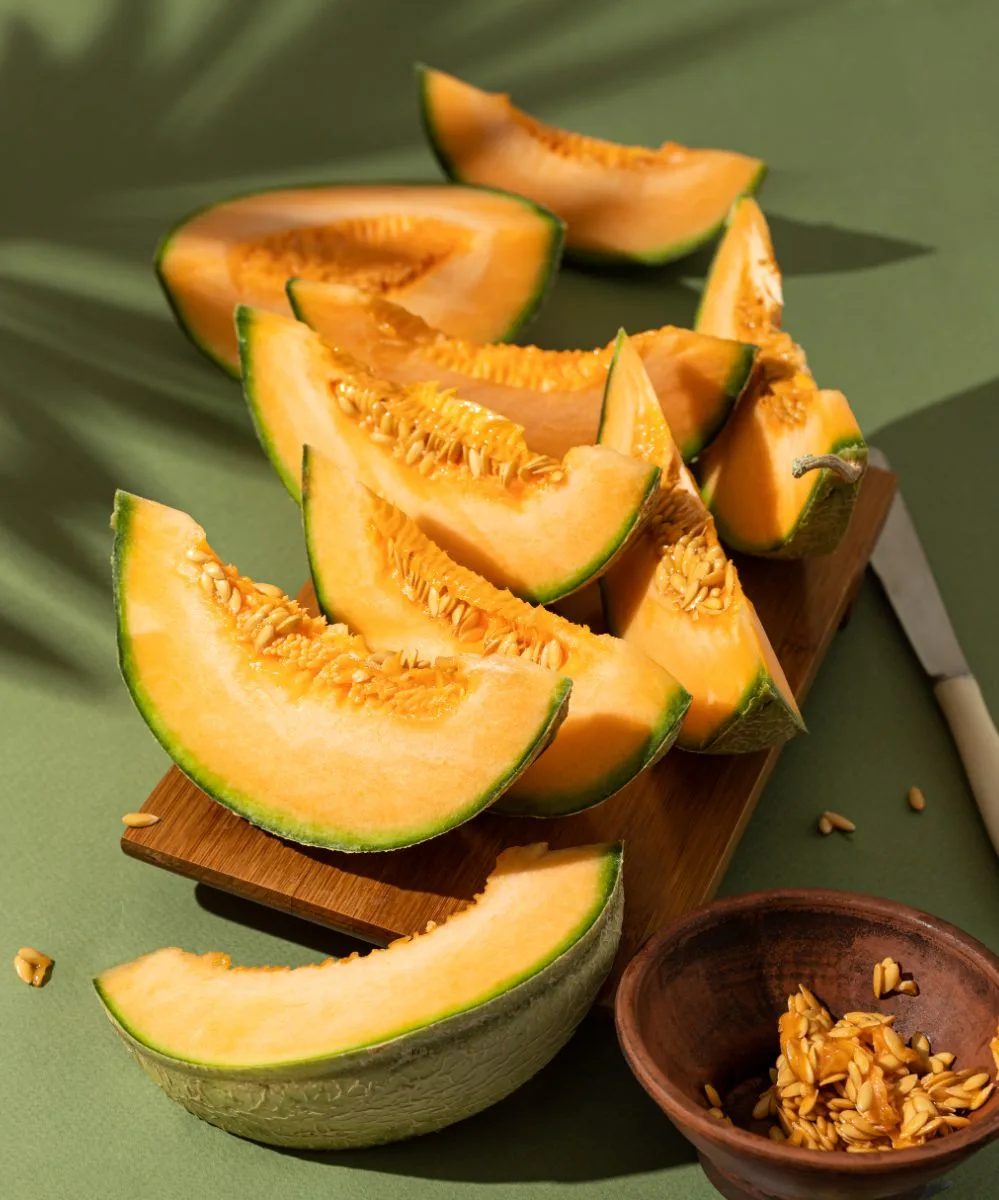Foods High In Vitamin C:
Introduction
Vitamin C is a water-soluble essential vitamin that is capable of being both an antioxidant and pro-oxidant.
It is an essential dietary component since humans, unlike most animals, are unable to synthesize it endogenously.
Health Benefits
Vitamin C can protect indispensable molecules in the human body, like – lipids (fats), proteins, nucleic acids (DNA and RNA), and carbohydrates, from free radical damage.
Free radicals are atoms or groups of atoms with an unpaired number of electrons and are generated:
- by exposure to toxins and pollutants (e.g., cigarette smoke and certain chemotherapy drugs);
- by UV radiation;
- during normal metabolism.
This vitamin is also necessary for the biosynthesis of collagen (a key building block to the health of your skin, hair, nails, and joints) and a co-factor in the biosynthesis of L-carnitine (a derivative of the amino acid, lysine), catecholamines (hormones produced by the adrenal glands), amino acids, cholesterol, and peptide hormones.
Moreover, some studies established that individuals who have higher levels of vitamin C in their regular nutrition have a significantly lower risk of developing cataracts (a clouding of the normally clear lens of the eye).
Additionally, vitamin C may help prevent or limit the duration of the common cold in some individuals, although research is conflicting. Also, vitamin C helps your body absorb and store non-heme iron.
Deficiency
Scurvy is the name for a deficiency in vitamin C. Some of the symptoms of scurvy may include:
- bleeding into the muscles and joints;
- painful muscles and joints;
- opening of previously healed scars;
- fever;
- slow-healing wounds;
- diarrhea;
- dry and brownish skin;
- nausea;
- bleeding into the skin;
- bulging eyes;
- loss of appetite;
- loose teeth;
- fatigue;
- gums that are prone to bleeding;
- generally feeling unwell.
Recommended Daily Intake
- Breastfeeding women – 120 milligrams;
- Breastfeeding teens – 115 milligrams;
- Pregnant women – 85 milligrams;
- Pregnant teens – 80 milligrams;
- Adults (women) – 75 milligrams;
- Adults (men) – 90 milligrams;
- Teens 14-18 years (girls) – 65 milligrams;
- Teens 14-18 years (boys) – 75 milligrams;
- Children 9-13 years – 45 milligrams;
- Children 4-8 years – 25 milligrams;
- Children 1-3 years – 15 milligrams;
- Infants 7-12 months – 50 milligrams;
- Birth to 6 months – 40 milligrams.
Here Is A List Of The Top 25 Foods High In Vitamin C:
#25 Cantaloupe – 36,7mg/100g (61%DV)
Cantaloupe, also known as muskmelon, is a member of the botanical family Cucurbitaceae, along with watermelons and honeydew. In addition to vitamin C, cantaloupe contains antioxidant flavonoids in abundance, like – lutein, zeaxanthin, and beta-carotene.
#24 Grapefruit – 37mg/100g (62%DV)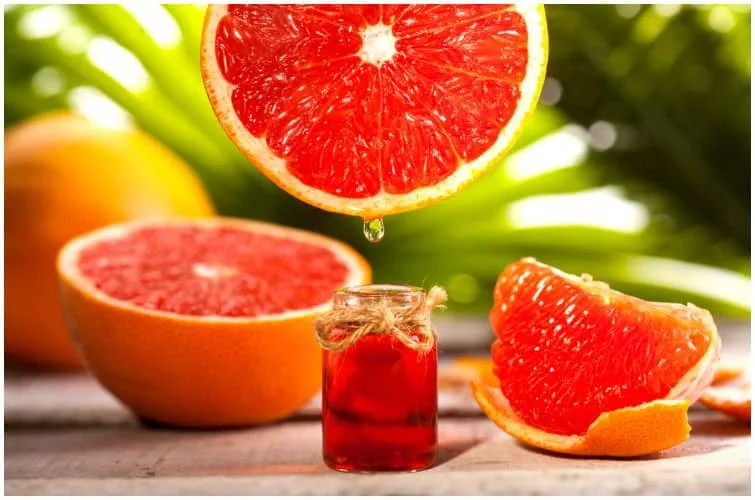
It is a natural hybrid between orange and pomelo, which accounts for its large size and tangy flavor.
Eating grapefruit can help to lower triglyceride levels in people with coronary atherosclerosis, according to a 2006 study issued in the Journal of Agricultural and Food Chemistry.
#23 Clementines – 48,8mg/100g (81%DV)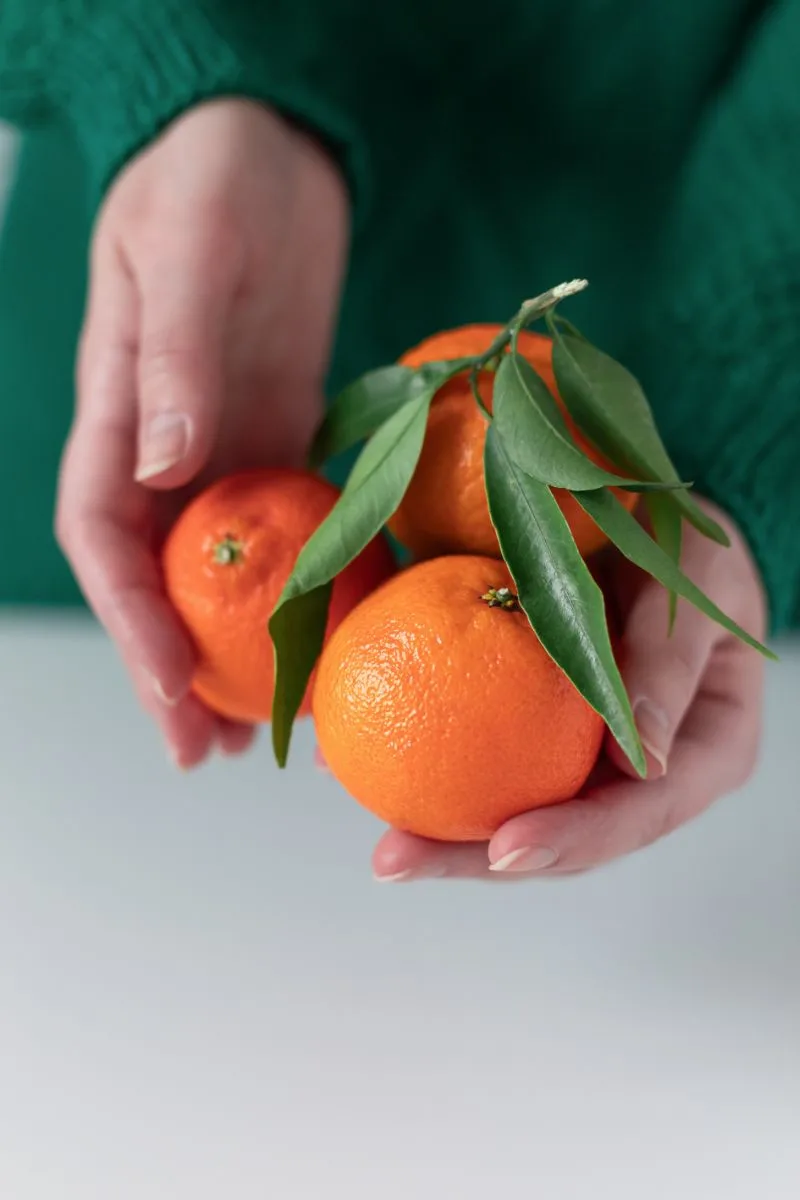
A clementine is a hybrid between a sweet orange and a mandarin orange. It comes originally from southern China and belongs to the family Rutaceae. This mini-
#22 Pineapple – 56,4mg/100g (94%DV)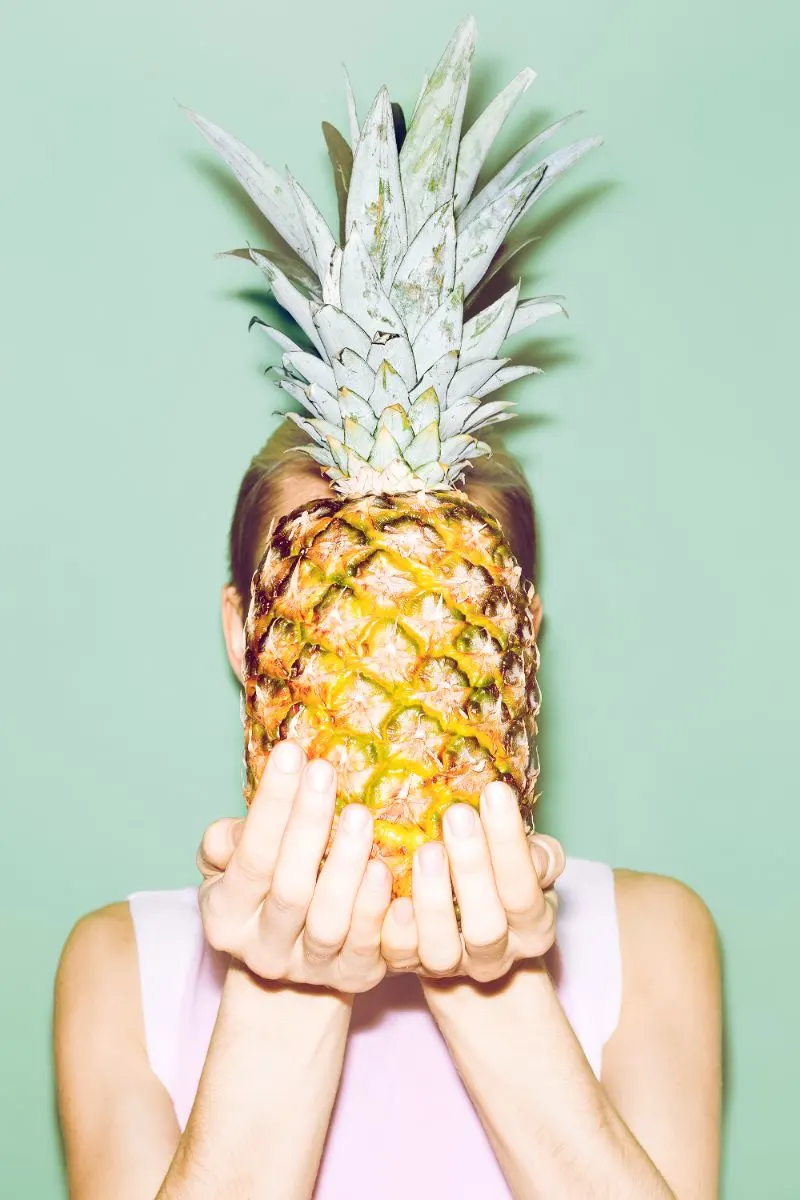
It is a tropical fruit that is rich in enzymes, vitamins, and antioxidants. The fruit is covered with thorny spikes and topped with hard leaves which are occasionally up to 30 per fruit.
#21 Red Cabbage – 57mg/100g (95%DV)
Red cabbage is a cruciferous vegetable that is often eaten raw in salads or sautéed with other vegetables.
#20 Strawberries – 58,8mg/100g (98%DV)
It is a good source of vitamin C and vitamin K, as well as providing a good dose of potassium, manganese, folate, and dietary fiber. The fruit ranks among the top 10 fruits in its antioxidant capacity.
#19 Pummelo – 61mg/100g (102%DV)
It is the largest citrus fruit from the Rutaceae family. Pummelo is mostly located in Japan, China, Fiji, India, Thailand, and Malaysia.
#18 Papaya – 61,8mg/100g (103%DV)
It is a yellow-orange fruit with edible seeds. It is native to the tropical areas of Central America and Southern Mexico. The fruit contains an enzyme called papain which can be used as a meat tenderizer as well as it aids digestion.
#17 Kohlrabi – 64,9mg/100g (106%DV)
Kohlrabi is a biennial vegetable of the mustard family (Brassicaceae).
#16 Persimmons – 66mg/100g (110%DV)
It is the edible fruit of a number of species of trees in the genus Diospyros.
ALSO READ: Pedialyte vs Gatorade
#15 Jujube – 69mg/100g (115%DV)
Jujube fruit, also known as red or Chinese date, is a species of Ziziphus in the buckthorn family (Rhamnaceae). The fruit is eaten fresh, dried, stewed, boiled, and baked.
The antioxidant capacity of jujube is relatively high compared with other fruits and vegetables.
#14 Litchi – 71,5mg/100g (119%DV)
It is a soft pulpy fruit infused with many health benefits. Besides vitamin C, litchi provides magnesium, manganese, copper, folate, and iron, which are needed for the formation of red blood cells.
#13 Lemon – 77mg/100g (128%DV)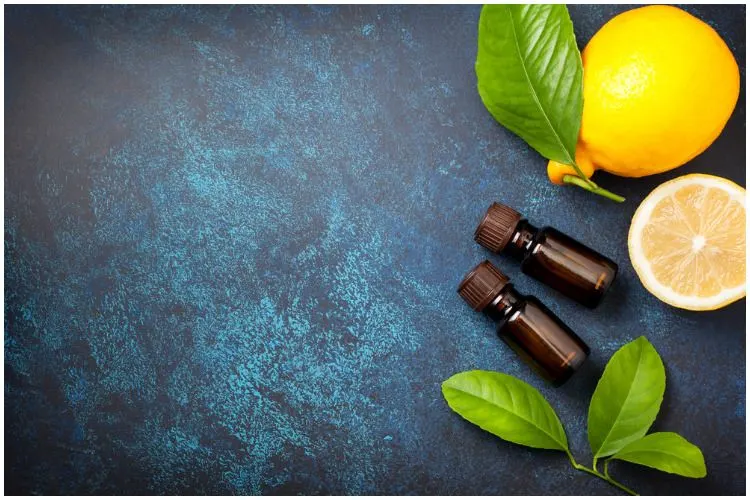
Lemon is a fruit that contains flavonoids, which are composites with cancer-fighting and antioxidant properties.
#12 Banana Pepper – 82,7mg/100g (138%DV)
It is a medium-sized member of the chili pepper family, which has a mild, tangy taste.
#11 Brussels Sprout – 85mg/100g (142%DV)
It is a member of the Gemmifera Group of cabbages (Brassica oleracea) and can be eaten steamed, roasted, or boiled.
#10 Cauliflower – 88,1mg/100g (147%DV)
It is one of several vegetables in the species Brassica oleracea in the genus Brassica. Cauliflower contains unique plant compounds that reduce the risk of a few diseases, including cancer and heart disease.
#9 Broccoli – 89,2mg/100g (149%DV)
It is a green vegetable, that is part of the Italica cultivar group of Brassicaceae oleracea like cauliflower and cabbage.
This cruciferous vegetable is an excellent source of calcium and vitamin K, two essential nutrients for maintaining healthy bones. Additionally, the sulforaphane in broccoli helps to fight cancer cells.
ALSO READ: Foods High In Vitamin E
#8 Kiwi – 92,7mg/100g (155%DV)
It is the edible berry of a few species of woody vines in the genus Actinidia. Kiwi has a sweet and tart flavor.
#7 Kale – 120mg/100g (200%DV)
It is a member of the Brassica family, a group of cruciferous vegetables that also includes cabbage, cauliflower, broccoli, and Brussels sprouts.
Kale can be a nutritious and tasty side dish or a wonderful addition to veggie salads or smoothies.
#6 Parsley – 133mg/100g (222%DV)
Parsley (scientific name – Petroselinum crispum) is a species of flowering plant in the family Apiaceae.
It is a nutritional powerhouse of minerals (potassium and iron) and vitamins (vitamin A, B-complex vitamins, vitamin C, and vitamin K).
#5 Currants – 181mg/100g (302%DV)
It is native to parts of central and northern Asia and northern Europe, where the soil is fertile and damp.
#4 Sweet Yellow Pepper – 183mg/100g (306%DV)
It is a cultivar group of the species Capsicum annuum.
#3 Guava – 228mg/100g (381%DV)
It is a tropical fruit that is cultivated in many subtropical and tropical regions.
#2 Green Hot Chili Pepper – 242mg/100g (404%DV)
In addition to vitamin C, green hot chili pepper contains a bioactive plant compound called capsaicin.
#1 Acerola Cherry – 1677mg/100g (2796%DV)
Acerola cherry, also known as West Indian myrtle and Barbados cherry, is a fruit that is native to tropical regions of the Western Hemisphere.
ALSO READ: Side Effects of Lemongrass Tea
Summary
Finally, here’s a quick recap of the top 25 foods high in vitamin C:
#1 Acerola Cherry – 1677mg/100g (2796%DV)
#2 Green Hot Chili Pepper – 242mg/100g (404%DV)
#3 Guava – 228mg/100g (381%DV)
#4 Sweet Yellow Pepper – 183mg/100g (306%DV)
#5 Currants – 181mg/100g (302%DV)
#6 Parsley – 133mg/100g (222%DV)
#7 Kale – 120mg/100g (200%DV)
#8 Kiwi – 92,7mg/100g (155%DV)
#9 Broccoli – 89,2mg/100g (149%DV)
#10 Cauliflower – 88,1mg/100g (147%DV)
#11 Brussels Sprout – 85mg/100g (142%DV)
#12 Banana Pepper – 82,7mg/100g (138%DV)
#13 Lemon – 77mg/100g (128%DV)
#14 Litchi – 71,5mg/100g (119%DV)
#15 Jujube – 69mg/100g (115%DV)
#16 Persimmons – 66mg/100g (110%DV)
#17 Kohlrabi – 64,9mg/100g (106%DV)
#18 Papaya – 61,8mg/100g (103%DV)
#19 Pummelo – 61mg/100g (102%DV)
#20 Strawberries – 58,8mg/100g (98%DV)
#21 Red Cabbage – 57mg/100g (95%DV)
#22 Pineapple – 56,4mg/100g (94%DV)
#23 Clementines – 48,8mg/100g (81%DV)
#24 Grapefruit – 37mg/100g (62%DV)
#25 Cantaloupe – 36,7mg/100g (61%DV)
READ MORE:
Benefits of Honeydew Melon
Yellow Rice vs White Rice
Lay’s Stax vs Pringles
Gallic Acid – Side Effects
References https://www.uofmhealth.org/health-library/hn-2929001 https://www.sciencedaily.com/edu/mic/vitamins/vitamin-C

